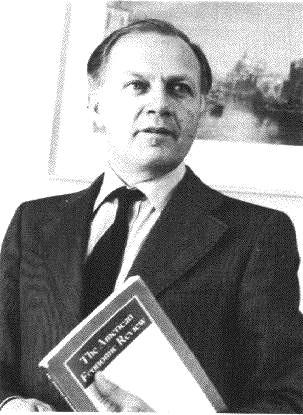| Profile | Major Works | Resources |
Luigi L. Pasinetti, 1930-

Leading member of the second generation of Cambridge Keynesians, Luigi Pasinetti also founded its Neo-Ricardian strain.
Originally from Zanica (near Bergamo, Italy), Luigi Lodovico Pasinetti studied at the Catholic University in Milan, receiving his first degree in 1954, and going on to study at abroad at various locations, including Cambridge University, where he came under the influence of Piero Sraffa Richard Kahn, Joan Robinson and others of the Cambridge School. In 1961, Pasinetti was elected fellow of King's College, Cambridge, where he would remain for many years (he received his doctorate eventually in 1962).
While still a research student, Luigi Pasinetti developed one of the first rigorous mathematical formulations of Ricardo's theory of value and distribution (1960). His insights led him later to develop one of the more general expositions of the reswitching problem in Neoclassical capital theory (1966) and thus made him a leader of the Cambridge (UK) side during the Cambridge Capital Controversy.
Pasinetti also lent his efforts tot he Kaldorian theory of growth and placed that model as a centerpiece of the new Cambridge approach (1962). No stranger to controversies, Pasinetti engaged his intellectual Neoclassical opponents head-on - Samuelson, Solow, Meade, Modigliani . Thus, Pasinetti was responsible for several fundamental pillars of Cambridge school. His efforts to develop the Neo-Ricardian strain are well-documented in his stunningly clear Lectures (1977) and in his Essays (1974) and his even more remarkable 1981 treatise.
Pasinetti left Cambridge in 1976, to become professor of economics at the Catholic University in Milan. Pasinetti continued in pursuing the details and extending the applicability of the Neo- Ricardian system (e.g. 1980, 1988). He has become particularly interested in structural change, i.e. the responses of multi-sectoral models of the economy to technical changes.
|
Major works of Luigi L. Pasinetti
|
|
HET
|
|
Resources on Pasinetti
|
All rights reserved, Gonçalo L. Fonseca
